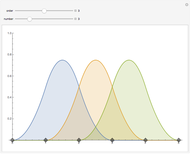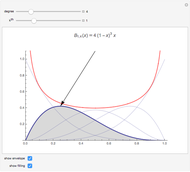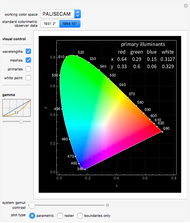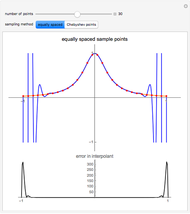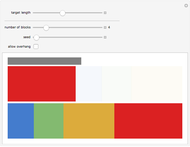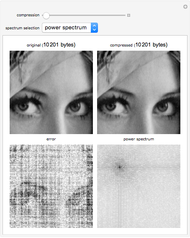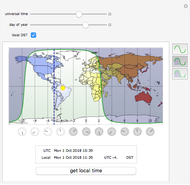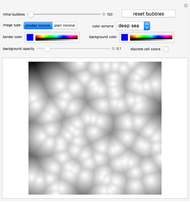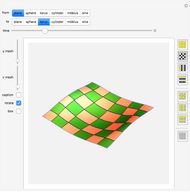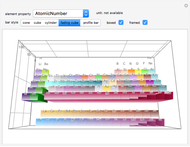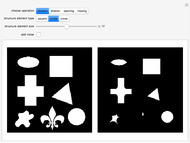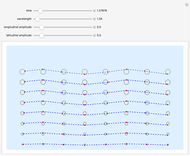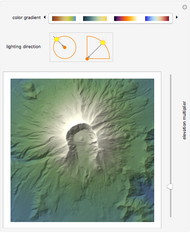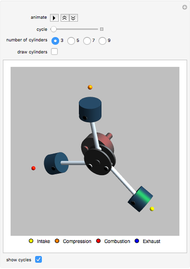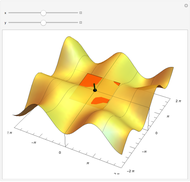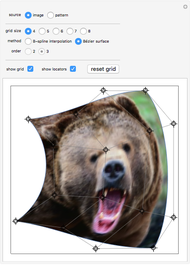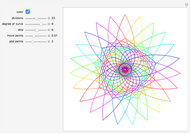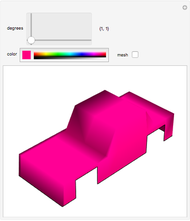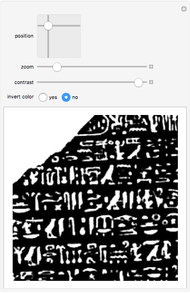B-Spline Curve with Knots

Requires a Wolfram Notebook System
Interact on desktop, mobile and cloud with the free Wolfram Player or other Wolfram Language products.
This Demonstration illustrates the relation between B-spline curves and their knot vectors. Start with the control points  and a knot vector
and a knot vector  , where the degree of the B-spline is
, where the degree of the B-spline is  . The knot vector satisfies
. The knot vector satisfies  and
and  . The B-spline basis functions are defined as:
. The B-spline basis functions are defined as:
Contributed by: Yu-Sung Chang (March 2011)
Open content licensed under CC BY-NC-SA
Snapshots
Details
Red points indicate the knot points  on the curve. Hold down the Alt key and click to add new control points (up to 12). Changes in degree and number of control points will cause the knot vector to be recomputed.
on the curve. Hold down the Alt key and click to add new control points (up to 12). Changes in degree and number of control points will cause the knot vector to be recomputed.
Choose "view basis functions" to show the B-spline basis functions of a given knot vector instead of the B-spline curve.
Permanent Citation















